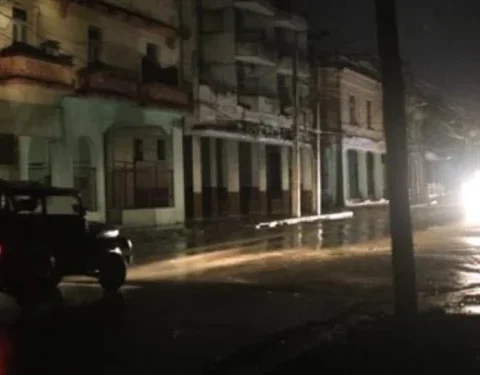Angelica Enciso L.
Newspaper La Jornada
Thursday December 29, 2022, p. 9
The planet faces extreme meteorological phenomena, every year records are broken in temperatures, there are heat waves where they did not occur before, more droughts and floods. To deal with all this, financing is required, both to cover the damage caused and for adaptation, said Jorge Villarreal of Iniciativa Climática de México.
He considered it relevant that in the last conference of the parties (COP) on climate change the loss and damage fund materialized to address impacts, although there is little clarity on how it will be structured, it is not known where the resources will come from or their governance. , and they are topics that must be worked on in the next appointment.
Regarding financing, which has been at the center of discussions, he said that the aim is to mobilize resources and meet the goal of 100 billion dollars, which has not yet been reached, and there is a growing demand to mobilize more resources. They began to talk about 3 and 4 trillion dollars that must be mobilized, and the signal is clear that additional resources and structural changes are required to address the impacts
.
At the climate change summit in November, a call was made to the financial sector to leverage the mobilization of resources, but a structure aimed at identifying opportunities and avoiding risks in the actions and programs to be carried out by sector is required.
Villarreal added that climate factors must be integrated into spending decisions, there is a regulatory vacuum, legal uncertainty for effective disclosure and climate transparency in Mexico, seeks to comprehensively rethink the financial system, ensure investments that help meet the objectives
.
For example, there are insurers that have developed methodologies to identify physical risks, it is part of their model, they have projections of environmental scenarios, where the main risks are and thus know how to determine insurance coverage.
The investments of the pension funds at a global level have been key to transitioning in oil-producing countries, such as Norway, from investments in fossil sources to others, such as carbon neutral, or for example, if a pension fund seeks to invest in some infrastructure, it It must have a regulatory framework, methodologies to consider the transition and physical risks of climate change, he added.
















